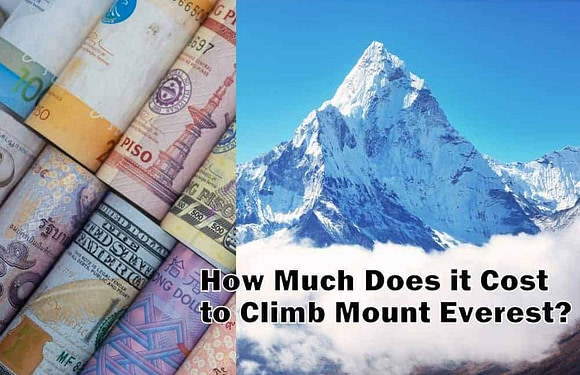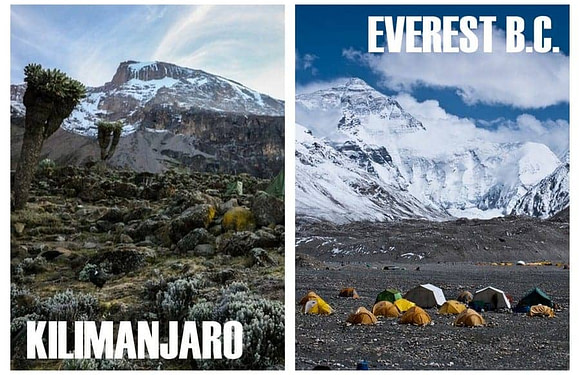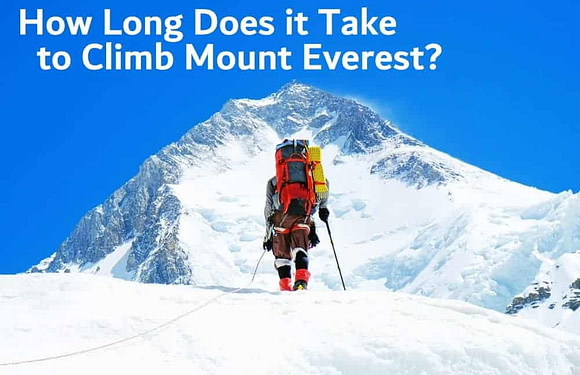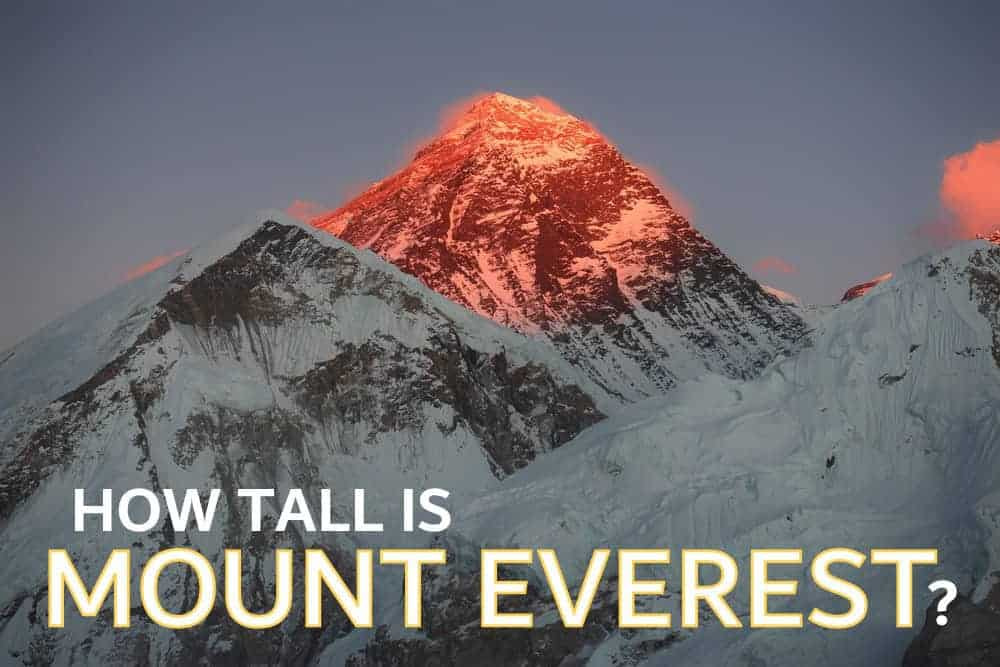
Mount Everest is the tallest mountain on Earth, standing at a height of 29,032 feet (8,849 meters), or roughly 8.8 kilometers (5.5 miles) high. It is part of the Himalayan mountain range and is located on the border between Nepal and Tibet.
Everest’s Height Compared to Famous Structures
To put this in perspective, Mount Everest is significantly taller than some of the world’s most famous structures.

- Burj Khalifa, Dubai: Everest is over 10 times taller than the Burj Khalifa, which is 2,717 feet (828 meters) tall and is the tallest building in the world.
- Willis Tower (formerly Sears Tower), Chicago, USA: Everest is over 20 times taller than this famous landmark, which is 1,450 feet (442 meters) tall.
- Empire State Building, New York, USA: Everest is almost 20 times taller than the Empire State Building, which is 1,454 feet (443 meters) tall including its antenna.
- Eiffel Tower, Paris, France: Everest is nearly 27 times taller than the Eiffel Tower, which stands at 1,083 feet (330 meters) tall, including its antenna.
- Statue of Liberty, New York, USA: Everest is 95 times taller than the Statue of Liberty, which is 305 feet (93 meters) tall from base to torch,
How Is Mount Everest’s Height Measured?
The measurement of Mount Everest’s height has evolved over time, with advances in technology bringing more accuracy. The earliest measurement was conducted in the 19th century by the Great Trigonometric Survey of India, using ground-based surveying techniques.
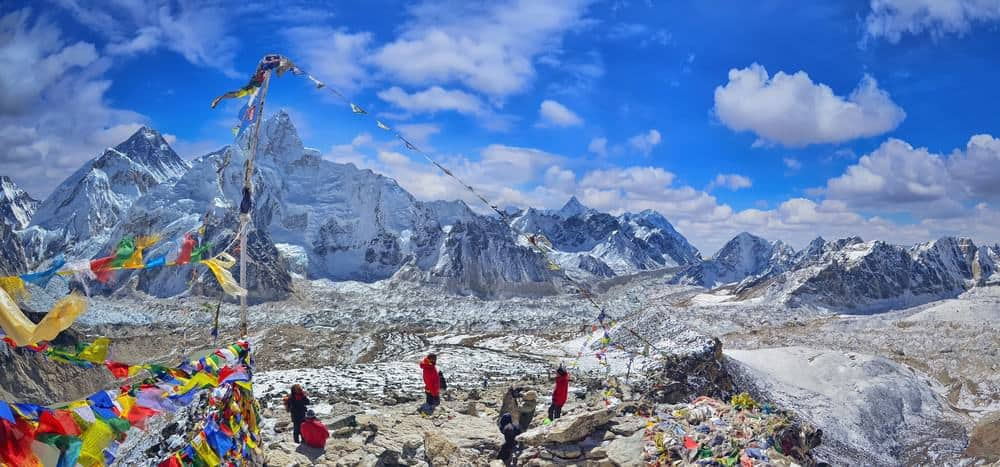
In recent years, scientists have used GPS technology, satellite data, and radar to measure the mountain’s exact height. In 2020, a joint effort by China and Nepal used the latest equipment to precisely measure the peak at 29,032 feet (8,849 meters). Prior to this, the widely accepted height was 29,029 feet (8,848 meters), but the latest measurements accounted for snow depth and tectonic activity.
Why Does Mount Everest’s Height Change?
Mount Everest’s height is not a constant figure; it changes due to a variety of natural factors. The primary reason is tectonic activity. The mountain lies on the boundary of the Indian and Eurasian tectonic plates. When these plates collide, they cause the Himalayas, including Everest, to slowly rise. Conversely, major earthquakes can cause slight reductions in height. For instance, the 2015 Nepal earthquake was thought to have slightly altered Everest’s height. Additionally, the snow and ice covering the summit can vary seasonally and annually, further affecting its measured height.
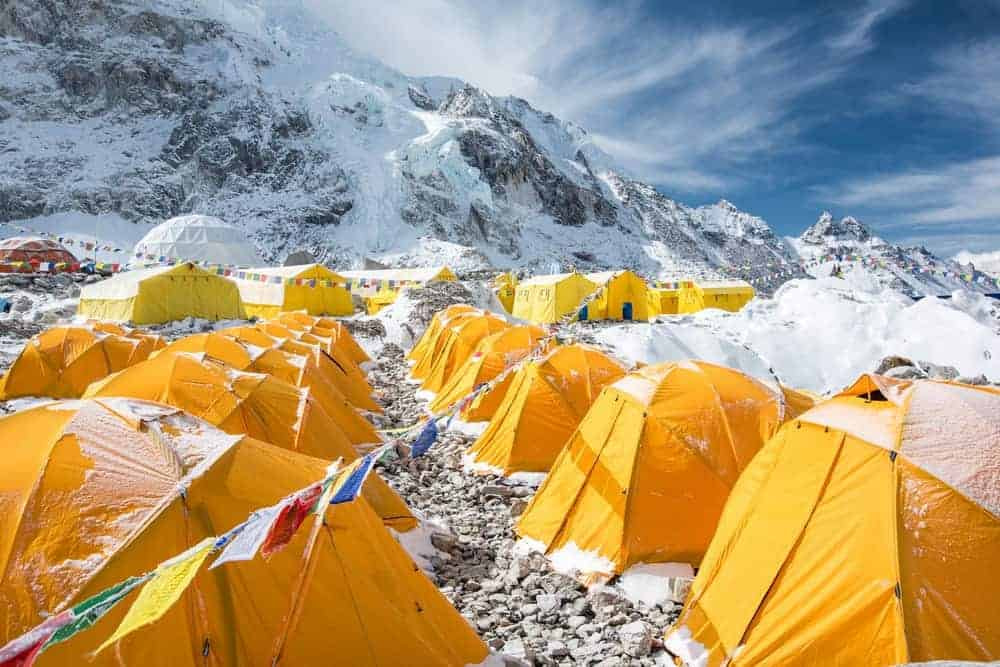
How Does Mount Everest Compare to Other Peaks?
Mount Everest is the highest peak in the world in terms of altitude above sea level. However, other mountains can claim records of their own. For example, Mauna Kea in Hawaii, when measured from its base on the ocean floor, stands taller than Everest, reaching 33,500 feet (10,210 meters) from base to summit. Still, when measured from sea level, Everest holds the title. In comparison, K2, the second-highest mountain on Earth, is 28,251 feet (8,611 meters) tall, making Everest nearly 800 feet taller.
What Is the Elevation of Everest Base Camp?
While the summit of Mount Everest reaches the highest altitude, the journey begins much lower. Everest Base Camp on the south side in Nepal is located at an elevation of approximately 17,598 feet (5,364 meters). This base camp serves as the starting point for climbers attempting to reach the summit. On the north side, in Tibet, the base camp is slightly higher, sitting at about 17,060 feet (5,200 meters). Despite these high elevations, the camps are still nearly 12,000 feet below the summit. Climbers spend time at base camp to acclimatize to the high altitude before making their ascent.
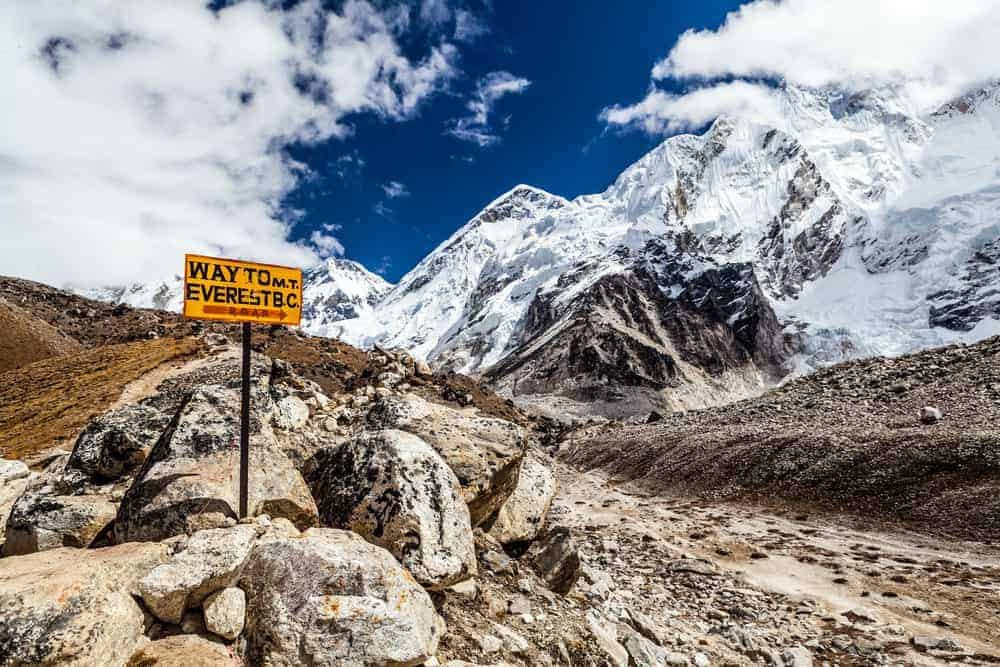
Why Is Climbing Mount Everest So Challenging?
Climbing Mount Everest is an extraordinary challenge due to its extreme height and the associated altitude. The summit of Everest extends into the “death zone,” which is above 26,000 feet (7,925 meters). In this zone, the oxygen level is so low that the human body cannot survive for long without supplemental oxygen. Climbers face risks such as altitude sickness, extreme cold, and high winds. The weather on Everest can change rapidly, with sudden snowstorms and temperatures that can plunge to -60°F (-51°C). Furthermore, the steep, icy terrain adds a technical climbing element that requires experience and skill. Despite these dangers, hundreds of climbers attempt the ascent each year, drawn by the allure of standing on the highest point on Earth.




















































